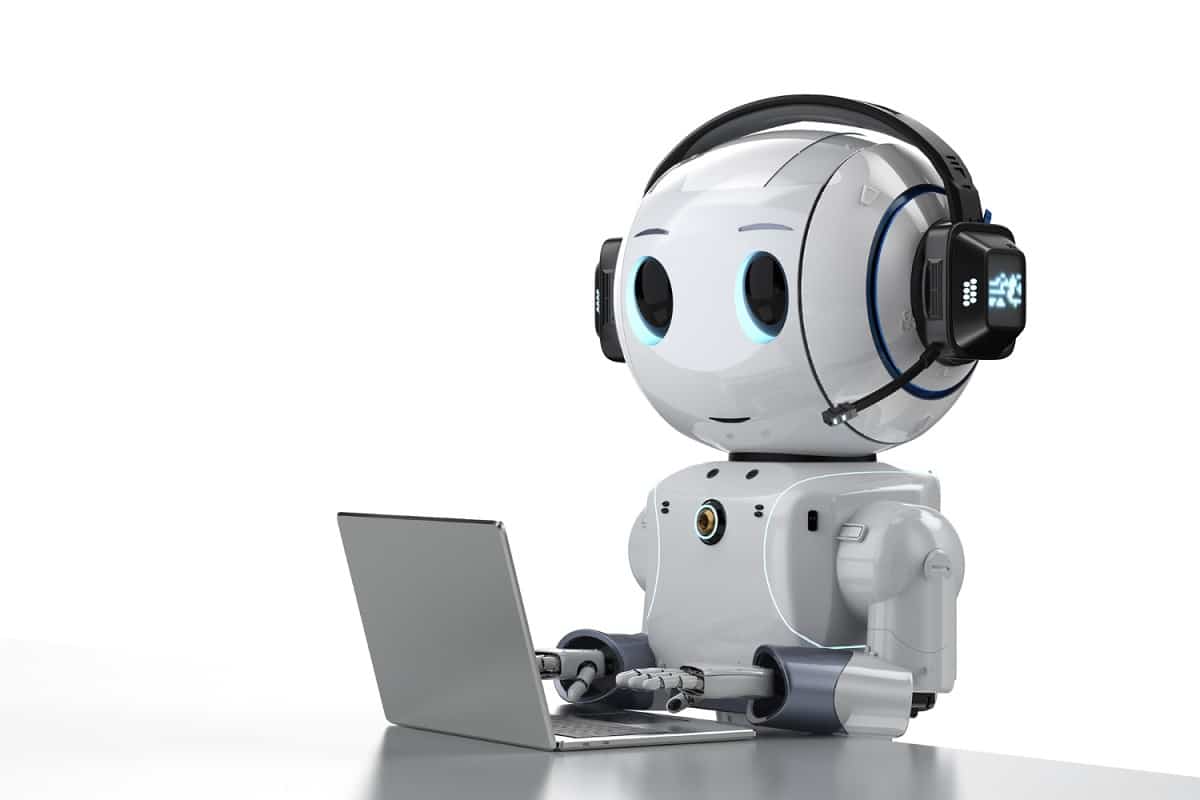Uzone.id—The technological revolution has made many jobs obsolete. Artificial intelligence (AI) cannot completely replace humans, although it will change the way humans work, for example, in customer service.
Customer service is an important pillar of a business. With this, businesses can easily build trust with customers, show business value, and build brand loyalty. In essence, customer service is a service offered to meet customer needs, wants, and expectations. Customer service can include phone service, online chat, in-person interaction in a physical store, e-mail, etc.
In order not to be outdated, many businesses are using AI for convenience and efficiency in their operations. The emergence of AI chatbots and virtual assistants in customer service is used to improve customer service and support workflows.
For information, virtual assistants and AI chatbots utilize machine learning and natural language processing to understand and respond to customer inquiries in real-time. Their 24/7 availability and ability to respond instantly allow businesses to handle a large number of inquiries without increasing operational costs.

So, how can a business continue to utilize AI for customer service without losing the human touch?
Chatbot Collaboration with Human Services
One of the best ways to keep the human touch intact is to integrate chatbots with human customer service. Chatbots can handle common questions or simple problems, but to answer and handle more complex problems, it is better to involve human agents directly. So, customers can feel more listened to and get the right help according to their needs.
Provide the Option to Switch to Humans
Giving customers an advanced option to talk to a human agent is crucial if they feel dissatisfied with the chatbot interaction. With the option to switch to human agent services, businesses can ensure that customers feel valued and get the on-demand solutions they need.
Personalization of Interactions
It’s important to design the customer experience to be more personalized. By using customer data, businesses can tailor conversations, such as greeting customers by name and providing relevant recommendations or solutions based on their history.
Use Chatbots for Repetitive and Simple Tasks
Due to their effectiveness in responding to customers, businesses can use chatbots to handle frequently asked questions and simple routine issues. Chatbots can be used for repetitive tasks, such as checking order status, setting schedules, or providing basic information that chatbots can do quickly.
This allows human service agents to focus on more complex problems, thus creating a good balance between automation and human services.

Emotional intelligence and complex problem-solving still require human intervention and cannot be replicated by AI, like a case that occurred at the end of 2023. Speaking on The Big Story podcast, an American mass media company revealed how complex the giant company has been getting rid of human agents and causing customers stress.
“I found someone who couldn’t contact Uber. And when I asked Uber what he should have done, they said he should use our app. There is no phone number that she can reach,” said Emily Stewart, a Vox reporter, in a blog post.
After all, humanity and empathy in customer service can form a loyal relationship between a business and a customer. Here, AI is best used to handle repetitive tasks and provide support to human agents.
The proof, reported from the Forbes website on Wednesday (6/11/2024), is statistics from Cogito, which show a survey of how important direct interaction or relationships between customers and human customer service are in this digital era.
As a result, 53 percent of survey participants said they would rather talk to a real human than a bot. Meanwhile, in another survey, as many as 32% agree that if humans solve their problems, interaction with companies will be better in the future.
AI-based chatbots offer many advantages in improving customer service, including quick responses and time-saving. However, to achieve the best results, companies must ensure that this technology does not replace the human interaction essential in building customer relationships.
















